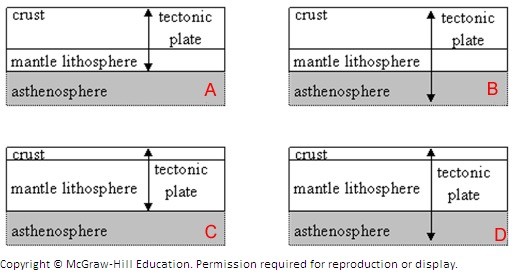When do all locations on Earth experience equal lengths of day and night? Choose all that apply.
A) March Equinox
B) June Solstice
C) December Solstice
D) September Equinox
Answer:
A) March Equinox
D) September Equinox
You might also like to view...
In the Northern Hemisphere, surface currents flow to the ________ of wind direction; in the Southern Hemisphere, surface currents flow to the ________
a. right; left b. right; right c. left; left d. left; right
Mudflows are most likely to occur in
A)humid areas B)semiarid areas C)coastal plains D)floodplains E)jungles
Which of the following statements is generally true about electronegativity?
A) Electronegativity decreases as we move left to right and decreases as we move top to bottom. B) Electronegativity decreases as we move left to right and increases as we move top to bottom. C) Electronegativity increases as we move left to right and decreases as we move top to bottom. D) Electronegativity increases as we move left to right and increases as we move top to bottom.
Which diagram best summarizes the structure of a tectonic plate?
A. A B. B C. C D. D